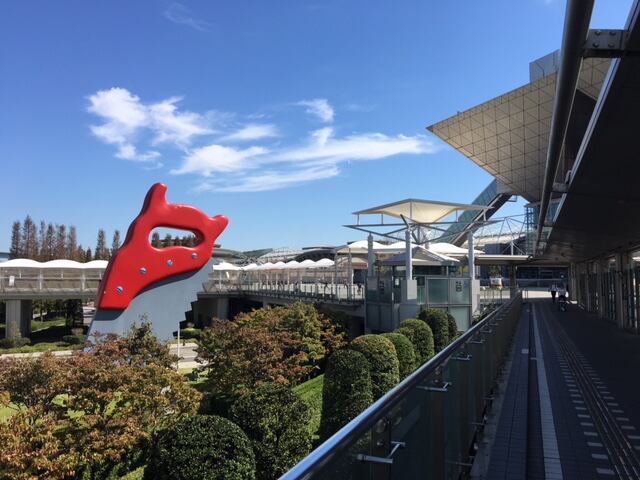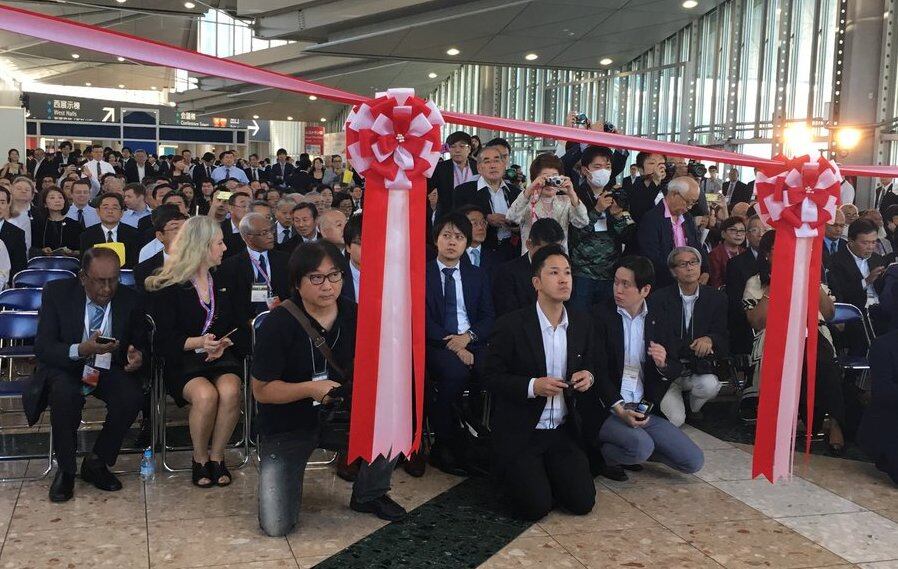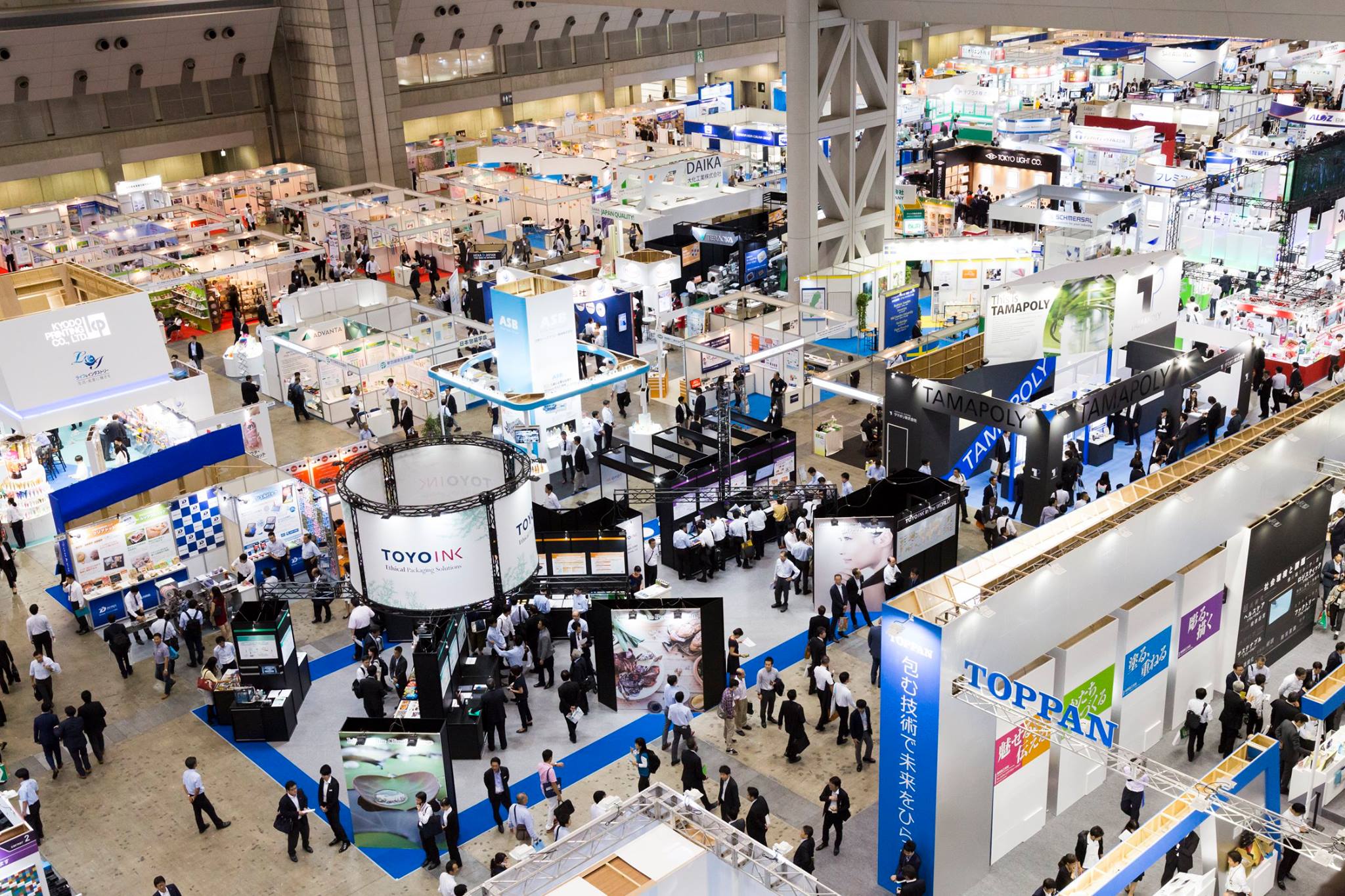Speaking at Tokyo Pack 2018 in Japan (October 2-5) Albert Lim, chairman, Governing Board, SPA, said a taskforce was set up in January 2007 to look into the problem of packaging waste in Singapore.
Waste-to-energy
It recommended a voluntary agreement after reviewing other countries dealing with the same issues.
“Waste in the country has increased seven-fold over the past 40 years, and with this amount of disposable waste we needed to create a waste-to-energy plan, which is sustainable over the next seven to 10 years,” he said.
“Waste has increased from 1,200 tones of waste a day in 1970 to 8,559 tonnes a day in 2016, which means our current landfill will be full by 2035 and we have no more land space.”
Lim added, SPA recognizes it needs to do more to move up the supply chain to reduce waste at source and to reduce packaging waste in the municipal stream.
Its packaging agreement was initiated in July 2007. The objective is to reduce packaging waste, raise community awareness, introduce supply chain initiatives, and offer greater flexibility to industry to develop cost-effective technology to reduce packaging waste.
The role of the signatories he said is from an industry role; to review packaging design practices to reduce material usage, and implement programs of reuse or recycle and educate industry partners and customers on recycling.
From a Government role; to facilitate and provide support for building industry knowledge through a 3R fund, and promote the national recycling program as a convenient means to recycle waste from households.
And from a non-Governmental approach; to educate consumers and businesses on packaging waste minimization and recycling.
Lim said from July 2007-2012 thee were 139 signatories on the SPA which managed to reduce 10,000 tons of packaging waste resulting in a saving of $22m Singapore dollars over a five-year period.
2020 targets
As of October 2017, it rolled out a second SPA from 2012-2020 with 205 signatories, saving approx. 39,000 tons of packaging waste resulting in $93m savings.
Targets for 2020 include signing 400 signatories saving 10,000 tons of waste per year.
“Today I received news that we have so far received 245 signatories, the Governing Board consists of 19 members comprising representatives from industry associations, companies, NGOs and government,” he added.
The role of members is to set directions for signatories, address any issues signatories are facing, ensure active participation to fulfill their commitments and be active champions of SPA. Members include Coca-Cola, Tetra Pak, Starbucks and Subway.
Now key action plans include submitting an annual work plan, highlight any case studies to show best practice, which will be considered for an annual SPA awards and educate partners and consumers. The SPA Awards 2017 was held in June last year at the Intercontinental Singapore.
Case studies for example include; Nestle Singapore which has been improving its production processes and product packaging over the past decade resulting in a reduction of close to 3,000 tons of packaging waste.
In 2007, it reduced the thickness of its 1.5kg tin can from 0.25mm to 0.22mm by changing its design from a 6-bead to 9-bead tin to ensure compression strength would not be adversely affected.
This initiative was extended to its 1.25kg and 1.65kg MILO tin cans in 2009, said Lim.
Sunfresh Singapore
Another example, was Sunfresh Singapore, an SME, which has implemented numerous initiatives over the past 10 years, resulting in a reduction of close to 1,300 tons of packaging waste.
In June 2014, it installed a fruit juice extractor which produces an additional 5% yield resulting in 9% less oranges needed to produce the same yield and 27 fewer cardboard bulk bins for the transportation of oranges.
Tetra Pak Jurong has also improved its packaging process and processes resulting in a reduction of 15,000 tons of waste. In January 2009, it invested in equipment so that PE trim could be recovered from one of its laminating machines for reuse in the packaging process.
SPA now has a voluntary eco-label called LPRP (Logo for Products with Reduced Packaging) for manufacturers to mark the packaging of their consumer products that have undergone improvements to reduce the amount of packaging material used.
It will now try to assist packaging designers and manufacturers, brand owners and retailers in addressing environmental considerations in their packaging decisions using an Environmental Design Checklist.
Members can use the Signatory of the Singapore Packaging Agreement Logo (SSPAL) to communicate their commitment and they are eligible for up to double funding compared to non-signatories. Calculation of the grant is proportional to actual tonnage reduced, reused or recycled, depending on the waste stream.



